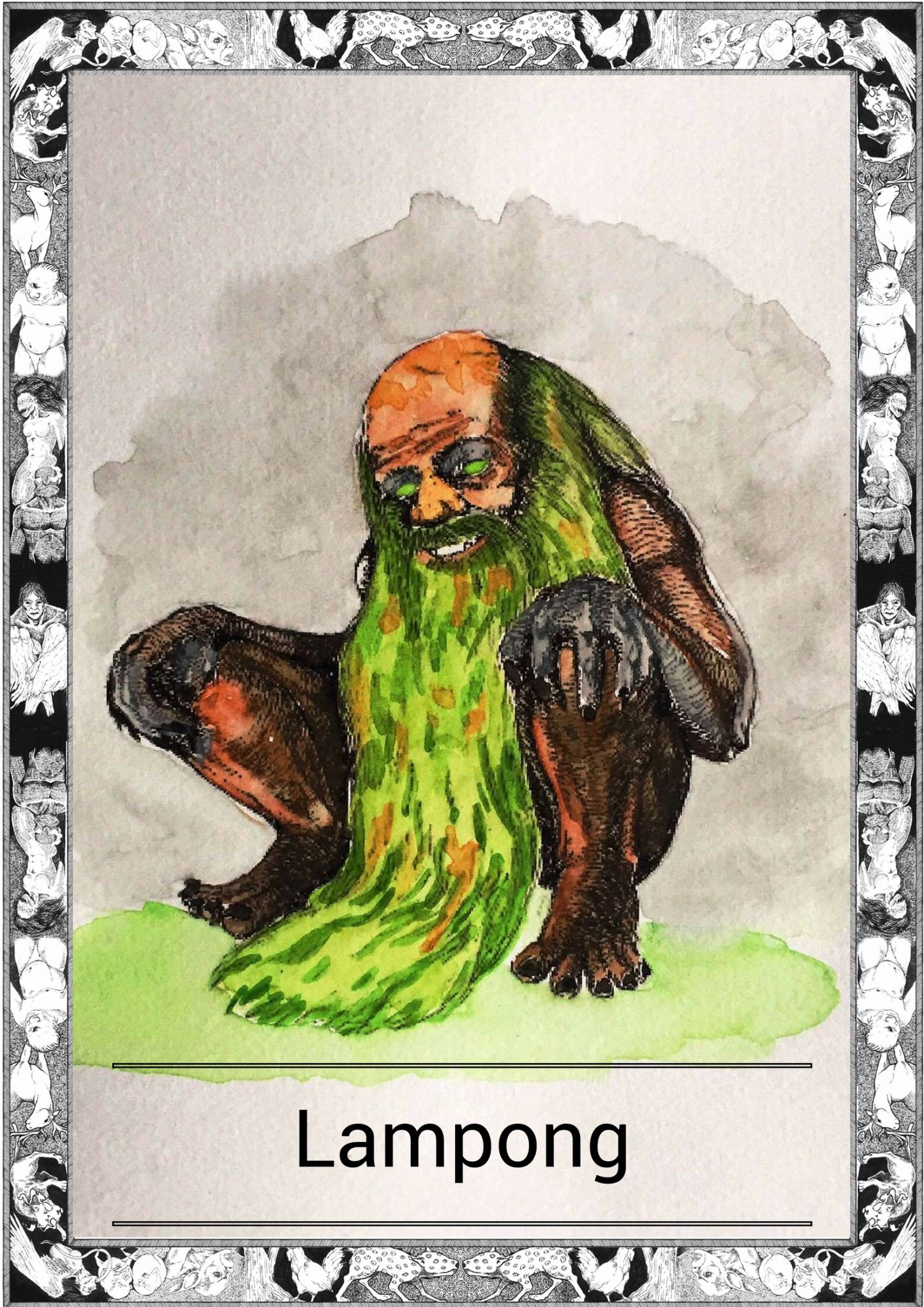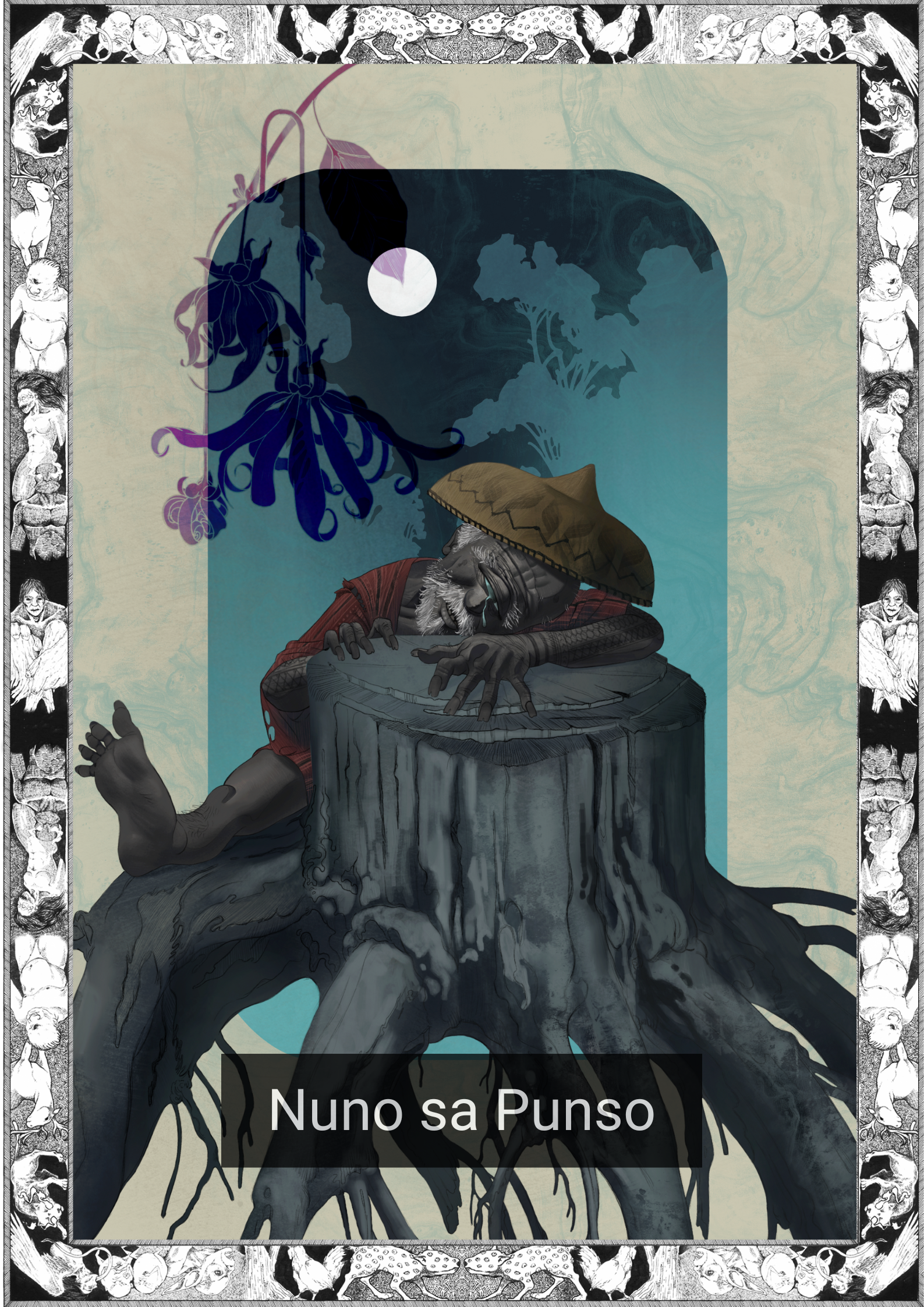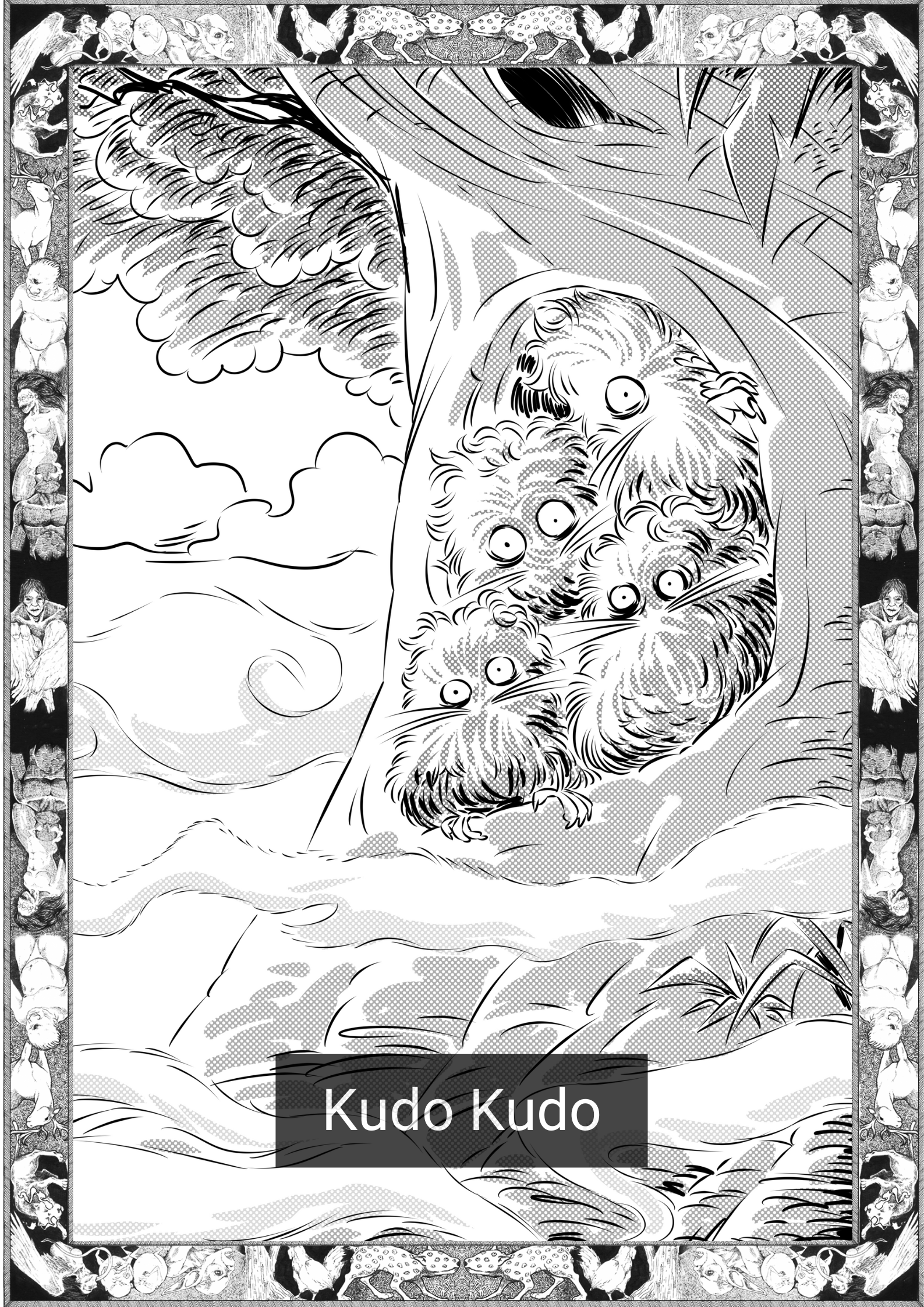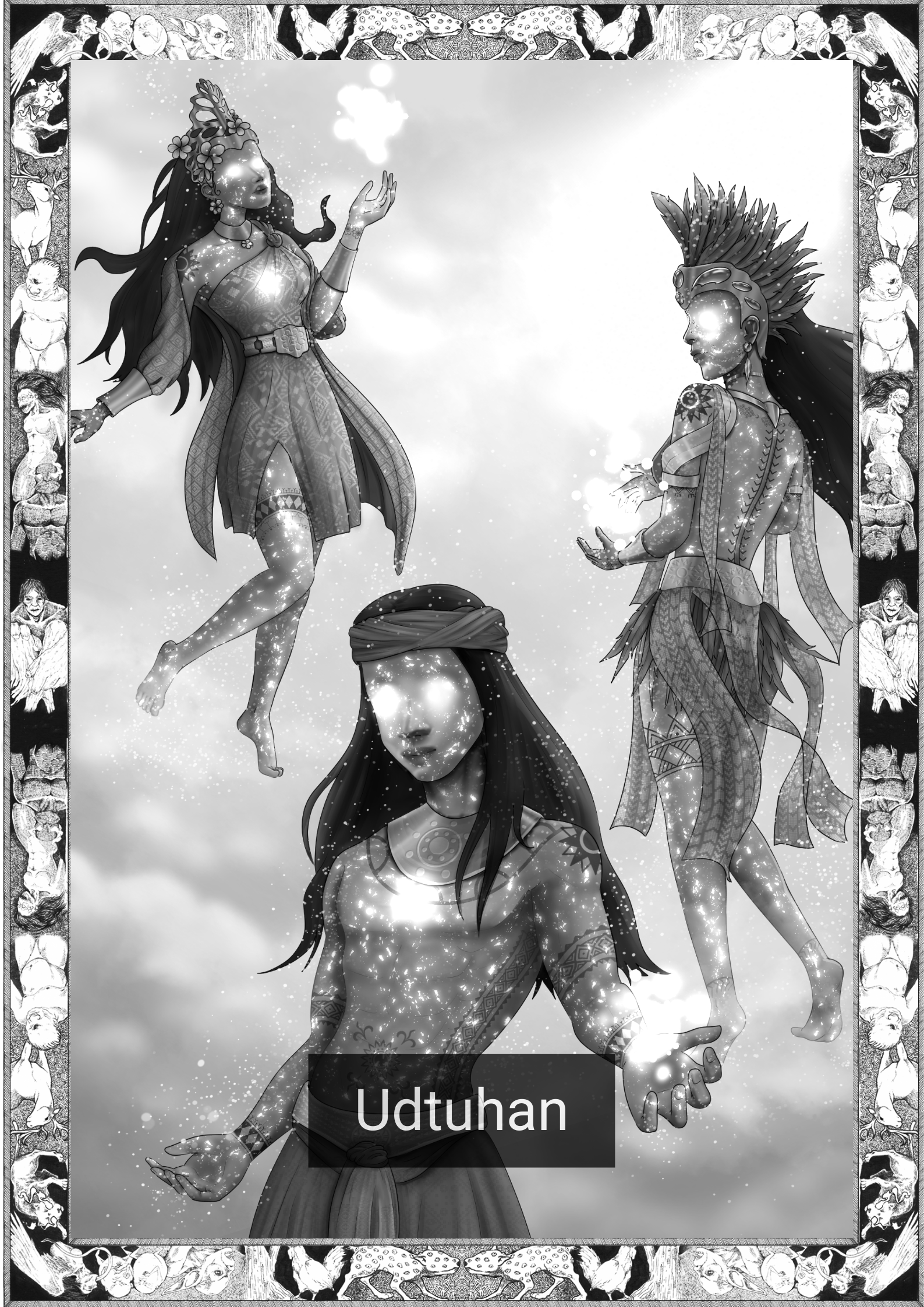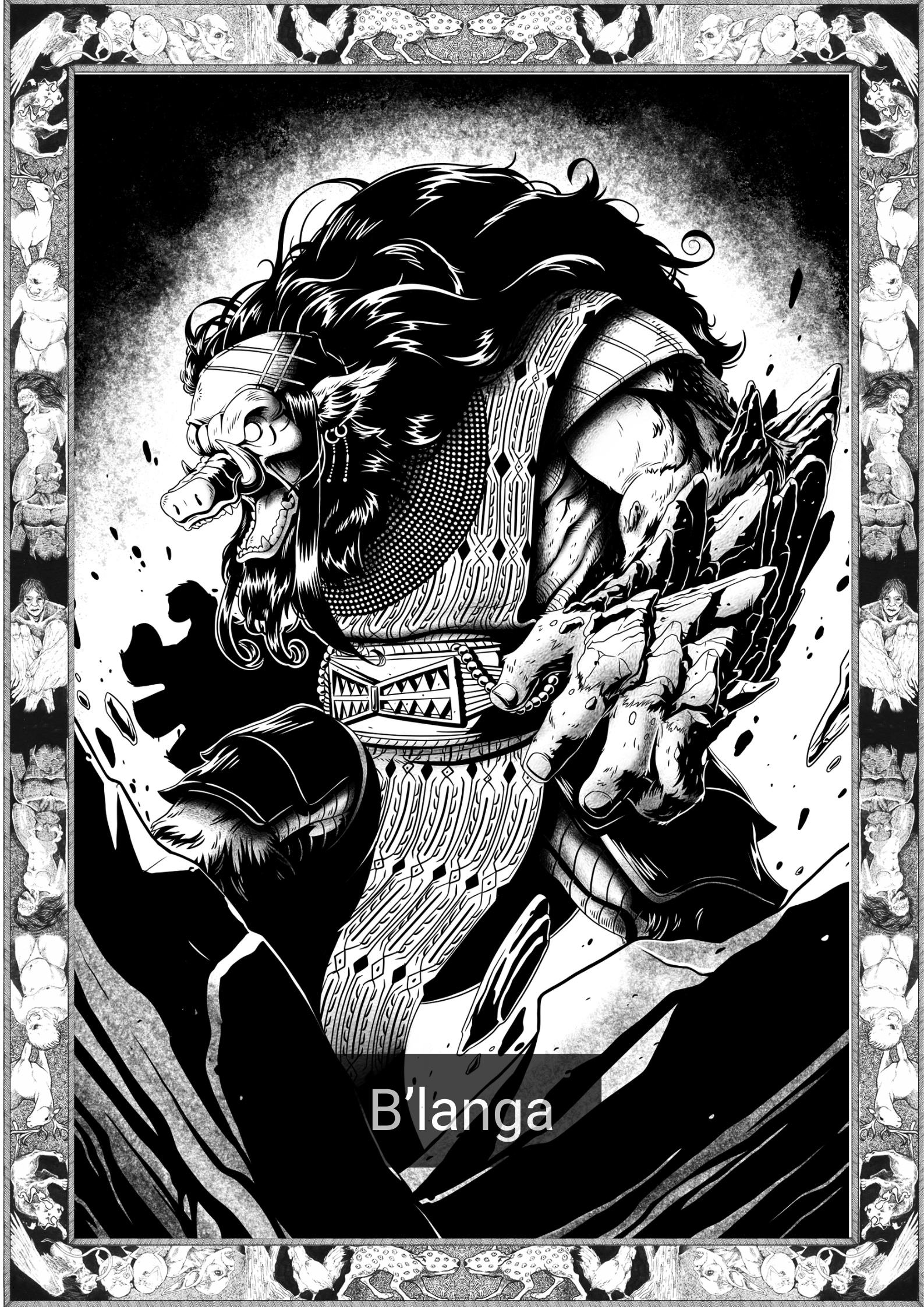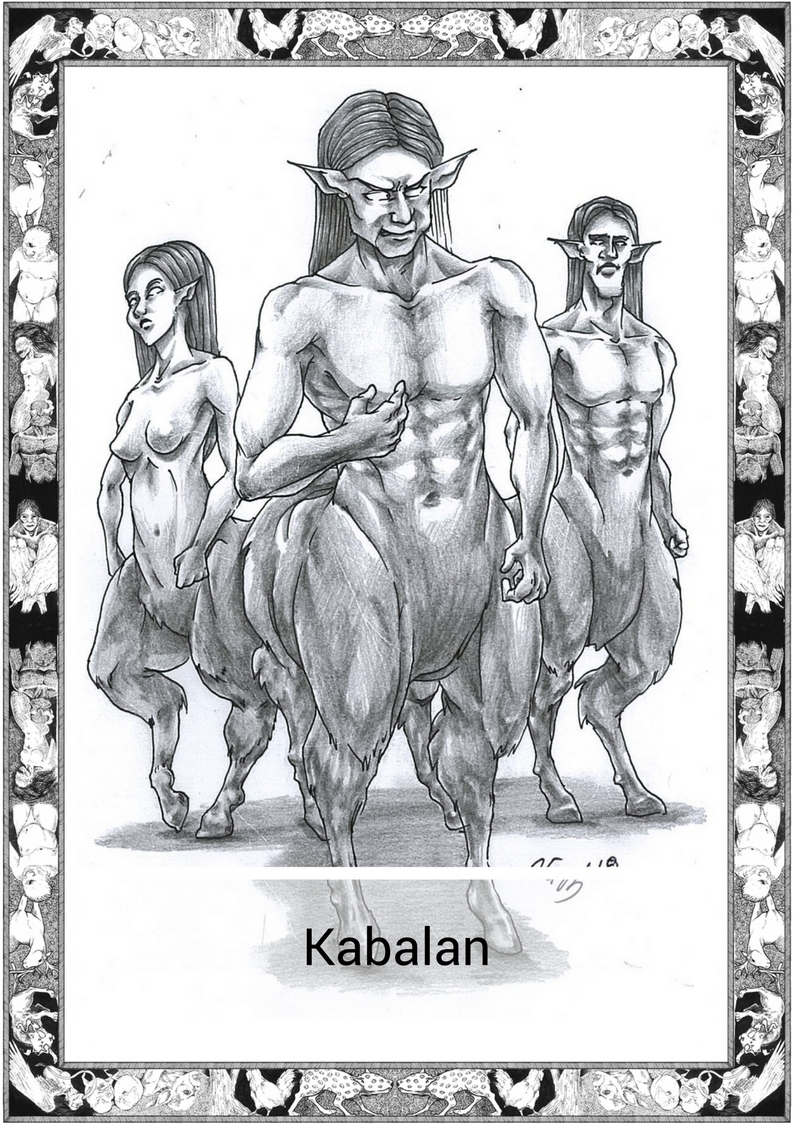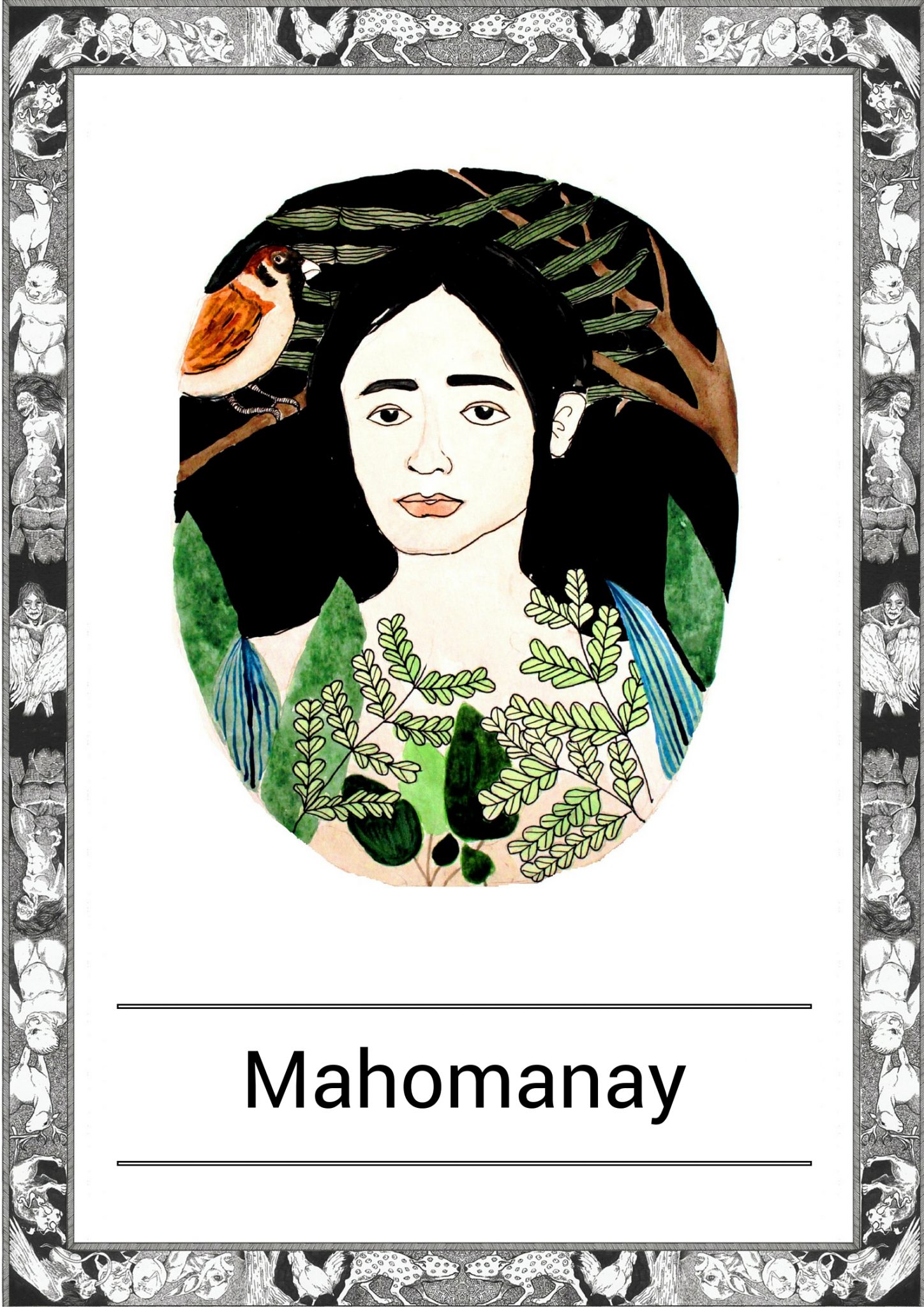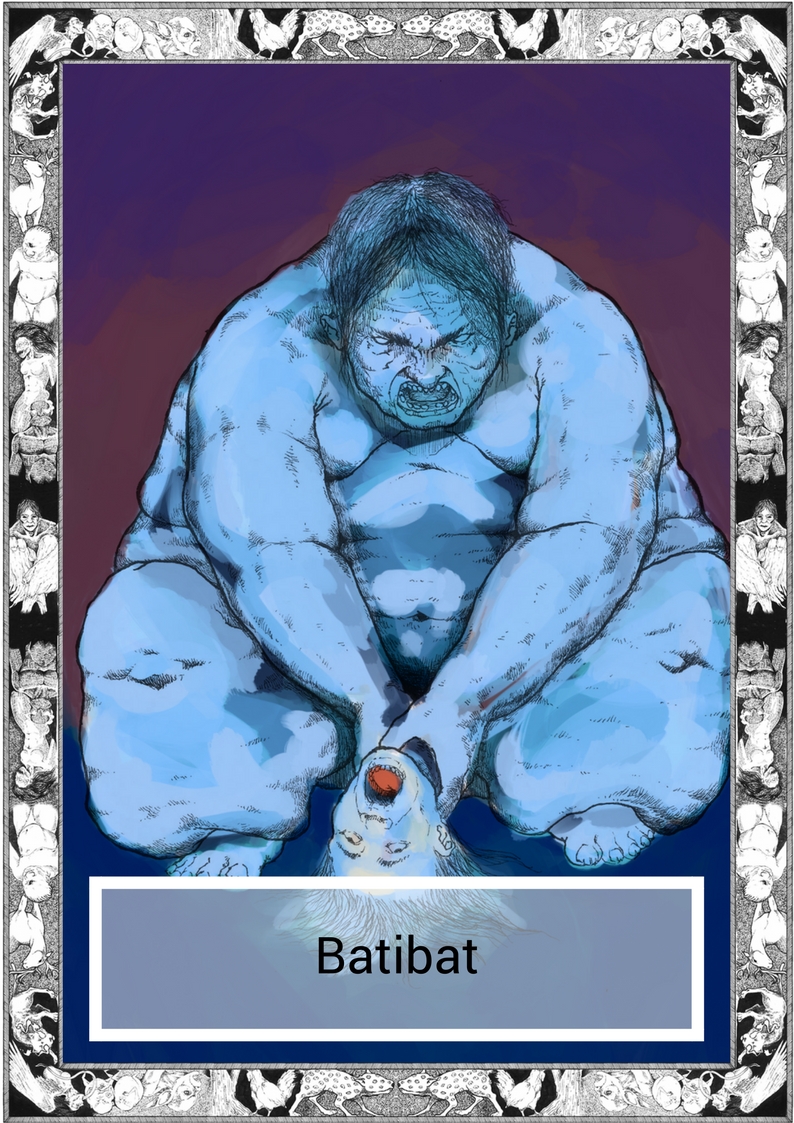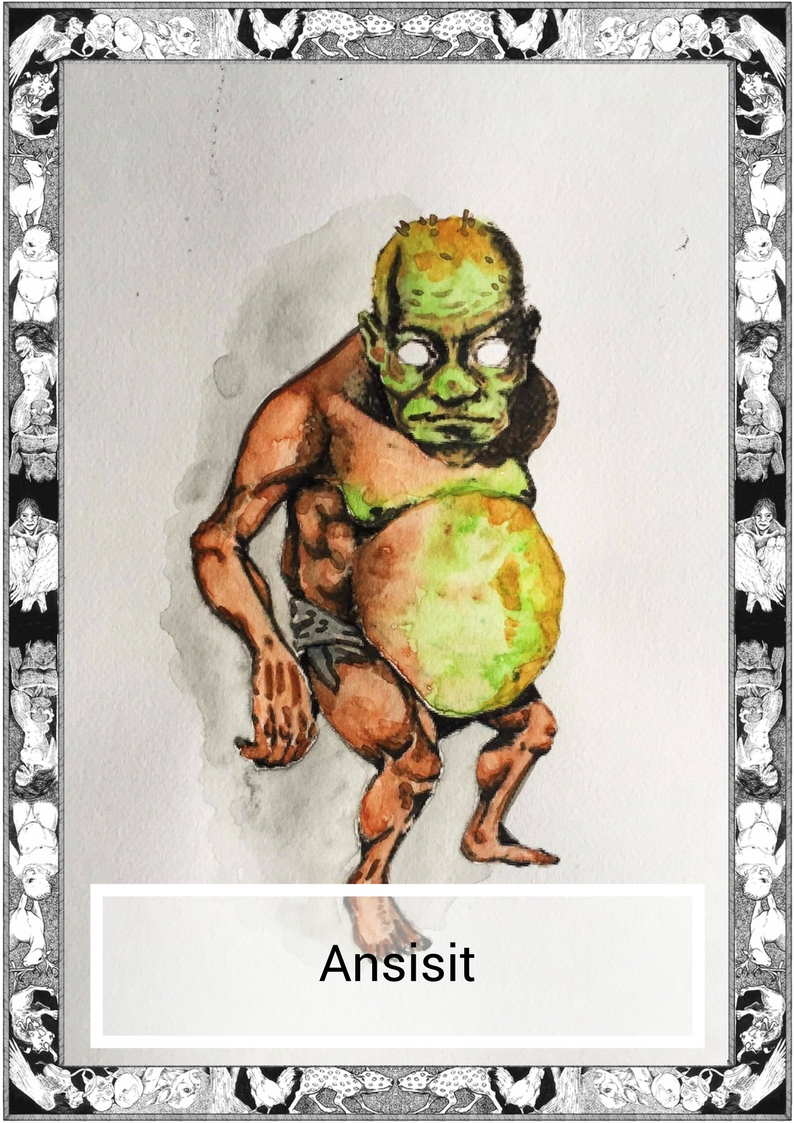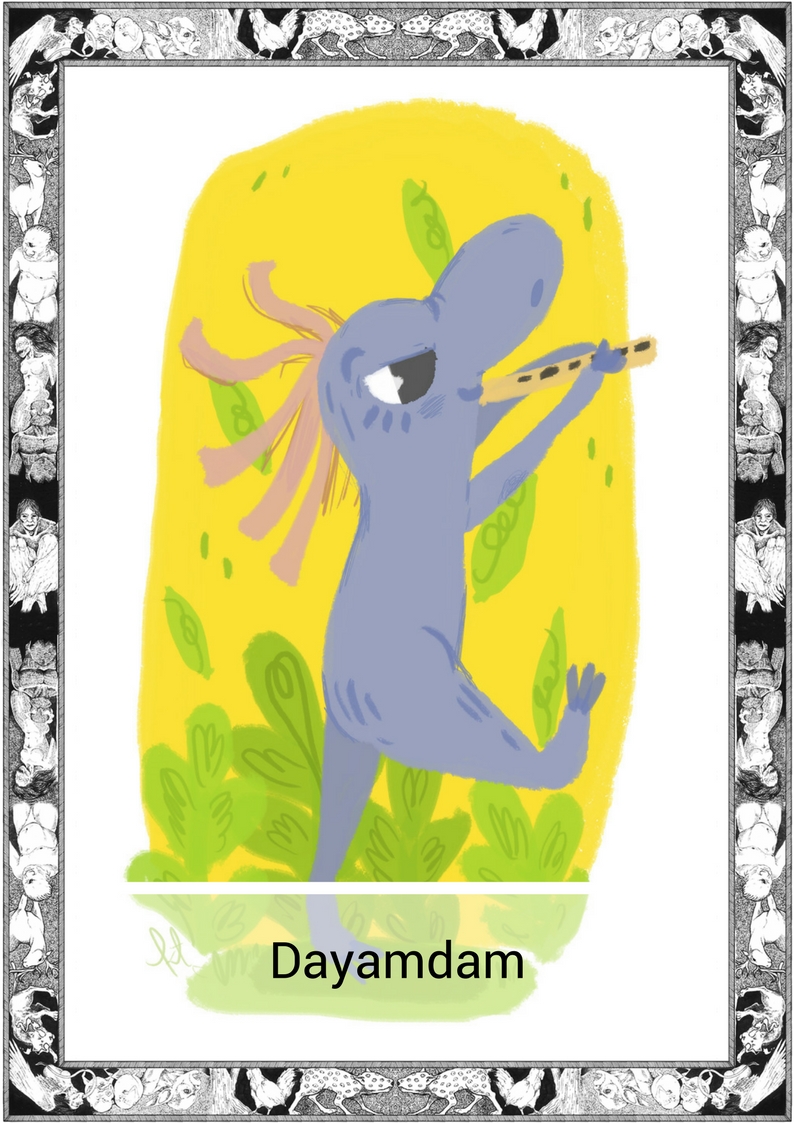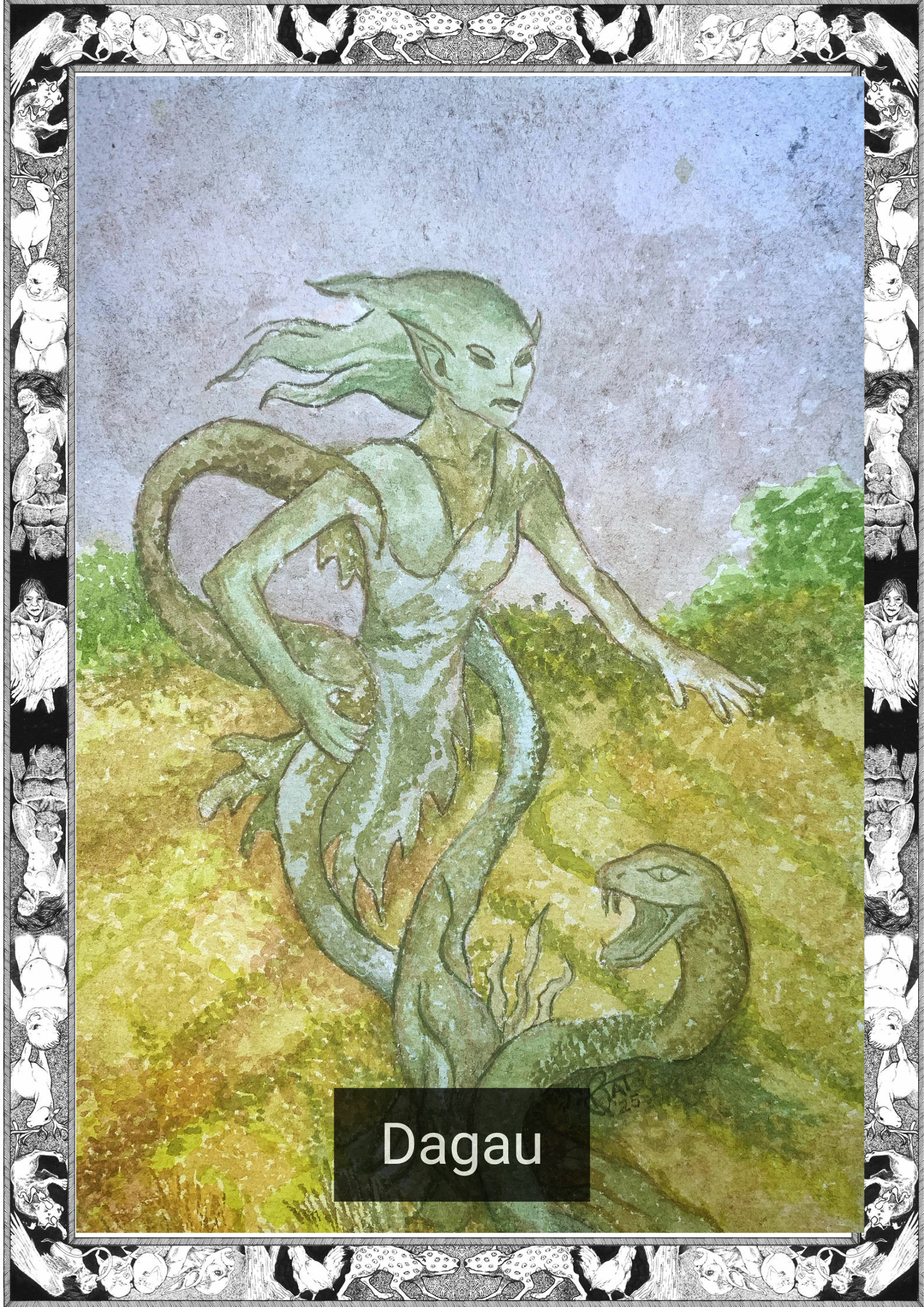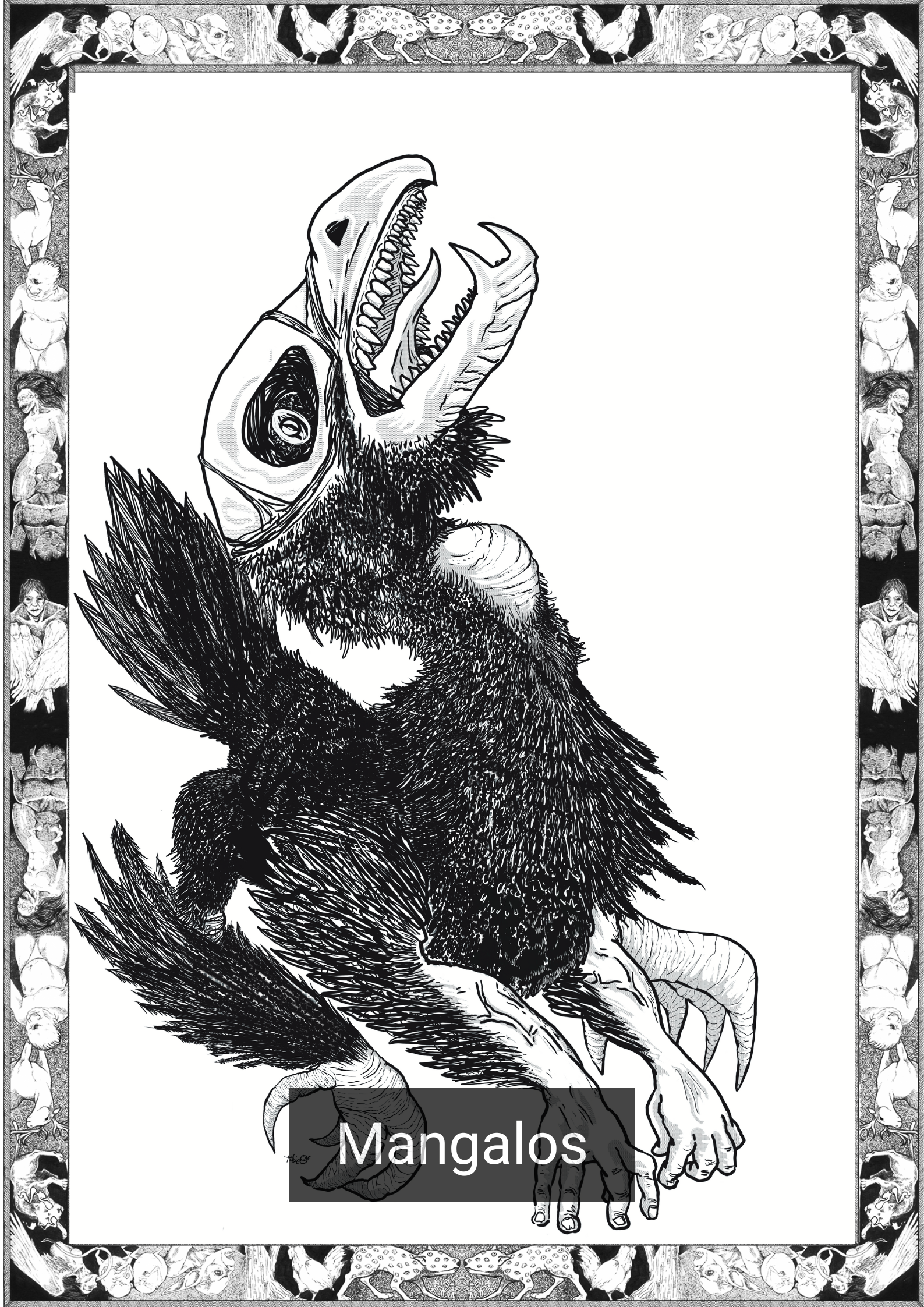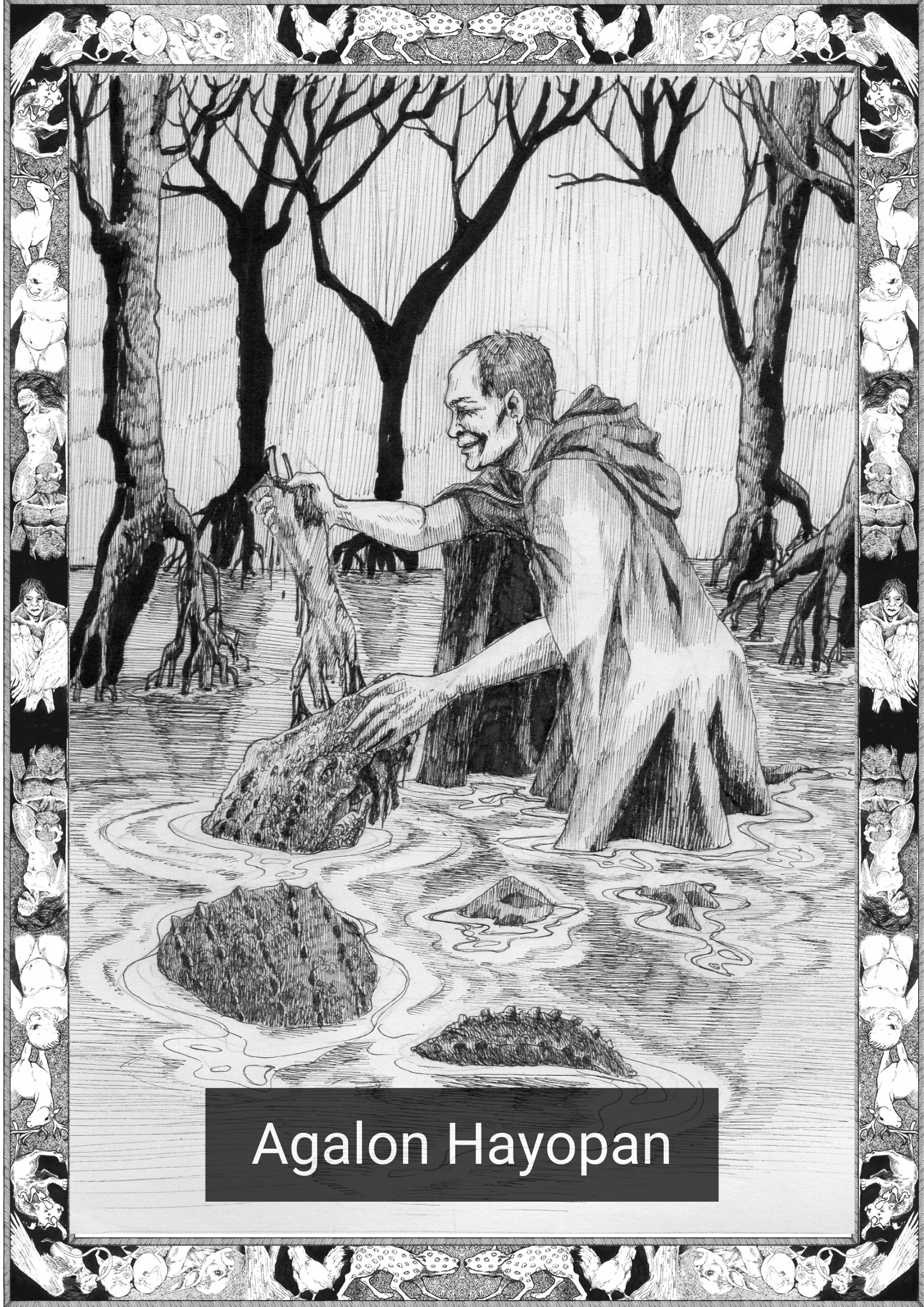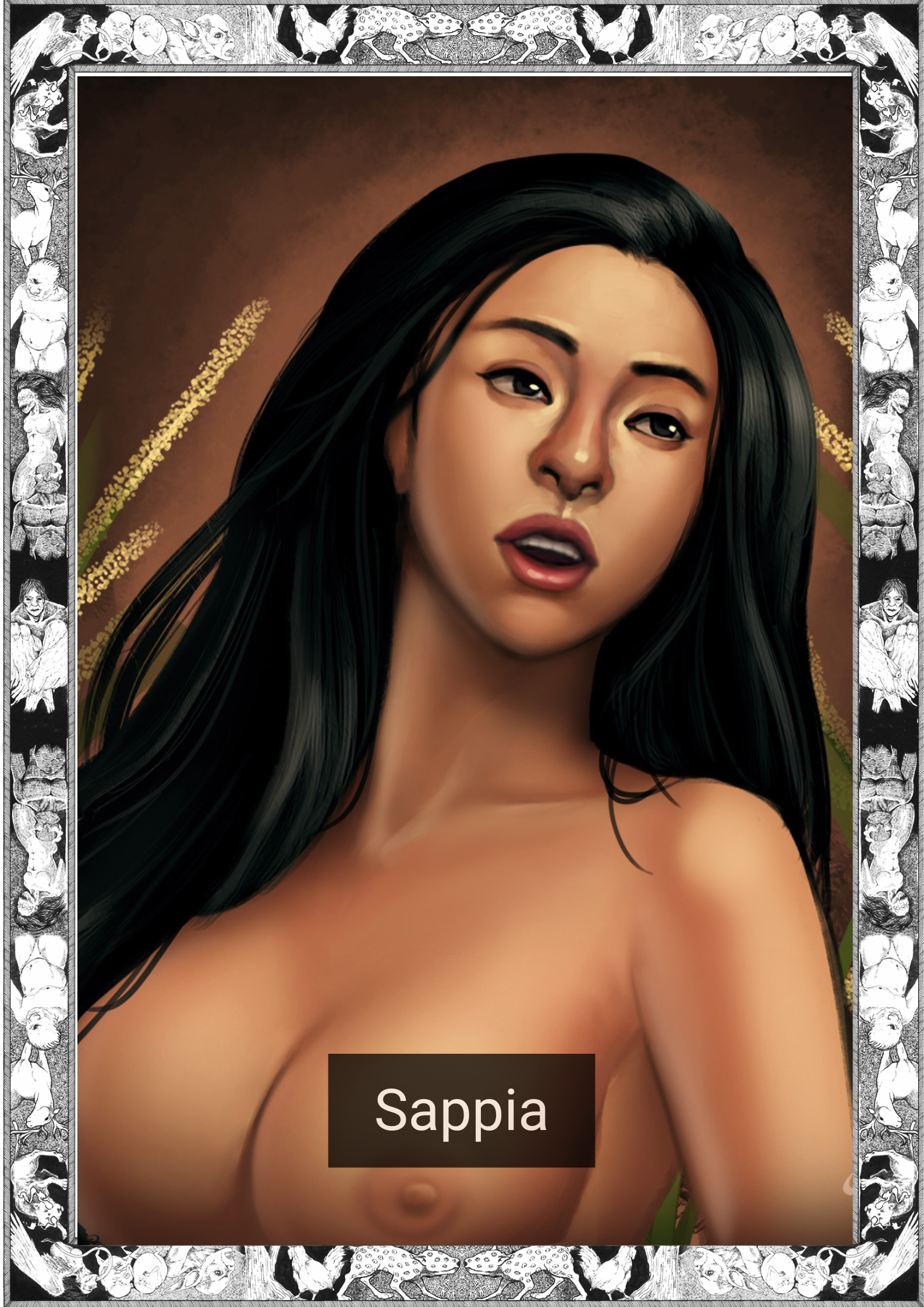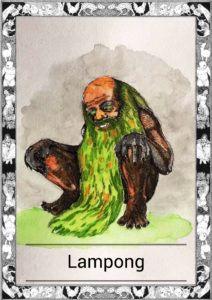
*Note this story is in Bicol-Naga
Pumikít ka.
Hangúson an kristal na dúros.
Dangugón an tanóg kan bukid.
Igwang paagi an kapalibutan na taranggalan ka sagkod sa puró kan saimong úbod. Pinaparà kaini an tupúng-túpong na kinahinimanwáan na nakaukit sa saimong háwak, kada pidaso, sagkod na mayò nang matadâ kun dai an kalag na minatakod sa puso nin mga hayop, naghihinguang makatalingkas.
Mamamatian mo ini sa saimong tùlang. Minalakop an buhay sa mga kapuntukan asin lambak, sa nakasulnop na mga tanawon sa kada kanto nin kadlagan. Sa urog na hiwas kan kayamanan nin buhay, dai ka makakakurap na mayong nasasakripisyo.
An gayon kan kapalibutan iyo an kaayusan sa daing-kaayusan. Linalabanan nin buhay an paagi nin buhay. An agi-agi kan mga hayop na pigdadakóp asin kan mga hayop na paradákop, saralák sa sarong sayaw na siring sa suanoy na mga sálog, alagad minadanay sinda sa tanóg kan kantang dai pa nadadangóg. An mga amíd minabukod nin mga kinô, an mga paniki minalayog sa saindang mga insekto, asin an mga gamgam minadakop sa kaitaasan, an uran nin laman asin dugo pinapatalubo an kadlagan.
Nagsabatan sa katuninungan an pag-ultanan, asin igwang mga parabantay na dai mapupugulan ni sisay o ni ano man, tanganing padágos sana an kanta kan kapalibutan.
Sya an puting usá. An pamayó kan pugrô. An pastol kan kadlagan. Sya an maimbod na paniki, an madúnong na malkoha, an makaráw na amid, asin an matagas na payo na urig.
An mga parabúsol nin kinahinimanwaan daing gayo makakalaog sa saiyang erokan, dangan girumdumon parati:
Dangugon an tanóg kan saiyang mga tungtóng.
Hare ka magkuá sa saiyang bukid.
Dánay muklatón an saimong mga mata.
=——————-=
English Version
Close your eyes.
Breathe in the crystal air.
Listen to the sounds of the mountain.
Nature has a way of stripping you down to your core. It rubs away the layers of civilization etched on your body, piece by piece until there is nothing left but the soul that can connect to the animal heart fighting its way out.
You can feel it in your bones. The life stretched out among the peaks and valleys, the hidden wonders in each corner of the forest. The abundance of life so massive that you don’t even blink when one is sacrificed.
The marvel of nature is the order in the chaos. Life fights its way through life. Prey and predator are intertwined in a dance as old as the rivers, yet they continue on to the sound of an unheard song. The civet hunts the mouse, the bats fly to their insects and the birds hunt in the skies, nurturing the forest with a rain of flesh and blood.
A balance has been met and there are guardians that will stop at nothing to let nature’s song go on.
He is the white deer. The head of the flock. The shepherd of the forest. He is the humble fruit bat, the wise malkoha, the playful civet and the stubborn boar.
The agents of civilization are not welcome in his home, and always remember.
Listen to the sounds of his footsteps.
Take nothing from the mountain.
Keep your eyes open.
=—————————=
*Central Bicol, commonly called Bicol Naga, is the most-spoken language in the Bicol Region of southern Luzon, Philippines. It is spoken in the northern and western part of Camarines Sur, second congressional district of Camarines Norte, eastern part of Albay, northeastern part of Sorsogon, San Pascual town in Masbate, and southwestern part of Catanduanes. Central Bicol speakers can be found in all provinces of Bicol and it is a majority language in Camarines Sur.
Written by Karl Gaverza
Bicol Translation by Jeremiah Cordial
Copyright © Karl Gaverza
Translation Copyright © Jeremiah Cordial
Inspired by the Lampong entry in Creatures of Philippine Lower Mythology. Ramos. 1971.
Lampong Illustration by Leandro Geniston fromAklat ng mga Anito
FB: That Guy With A Pen
Watercolor by Catherine Chiu
FB: Wildling Child
IG: https://www.instagram.com/
